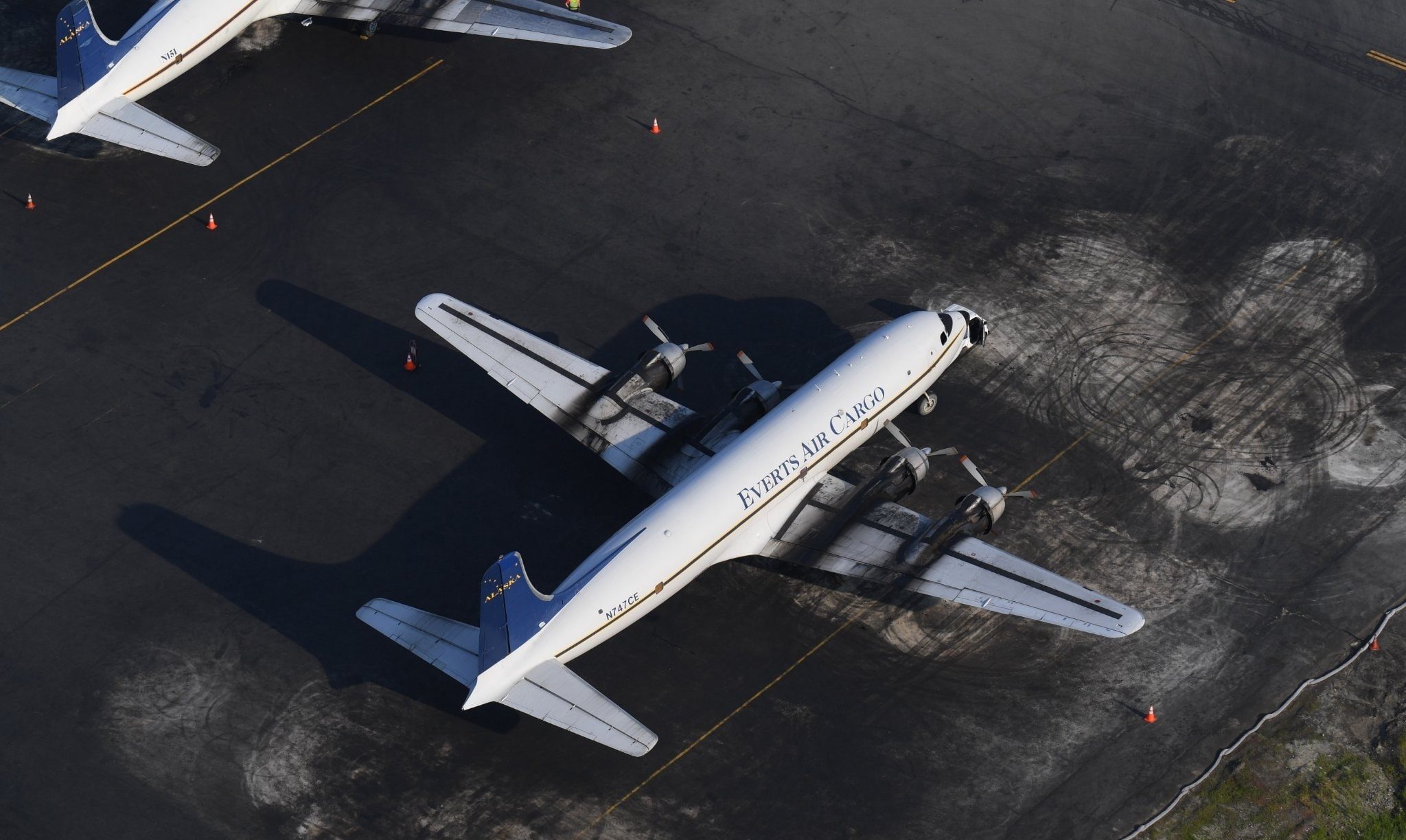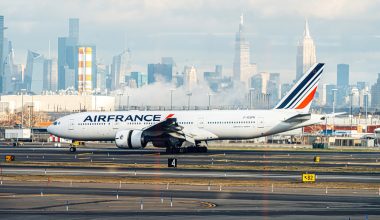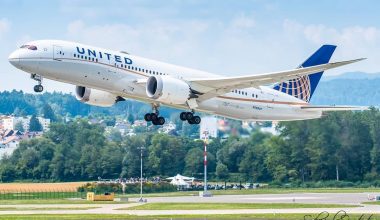Established in 1978, Everts Air is a Part 135 airline that grants it authority to operate on-demand unscheduled air services. The airline based in Fairbanks, Alaska, has been providing cargo and passenger service to interior Alaska. Among the two sister company, Everts Air Alaska and Everts Air Cargo, the cargo carrier were established in 1995.
Everts Air Cargo has received 121 Certification Cargo Airline for regularly scheduled air carrier service. Generally, the large US-based carrier, including cargo carriers and regional carriers, must be certified for Part 121 through the Federal Aviation Administration.
About Everts Air Cargo

The Everts Air Cargo is located in Fairbanks; its headquarters also serves as the primary base for maintenance of the aircraft in the fleet and administration and charter operations. Everts Air Cargo generally operates scheduled flights primarily out of Anchorage and Fairbanks, which oversee most mail and freight services. Designated for the cargo segment, the airline specializes in serving the unique needs of the clients residing in the larger Alaskan cities and the smaller villages.
Also Read: How many McDonnell Douglas DC-10 ‘s are still flying ?
The major hubs of the Everts Air Cargo are based in 13 cities like Nome, Unalakleet, Emmonak, Kotzebue, Bethel, Aniak, Illiamna, King Salmon, Barrow, Togiak, Galena, including seasonal service to the Deadhorse, an incorporated community in North Slope Borough, Alaska. For the customers in remote and smaller villages, the airline offers charter and flag stop services; it operates in almost every region where a suitable runway condition exists that doesn’t jeopardize the safety of the crew and vessel.
Besides that, Evert Air Cargo also offers On-demand Charter Service utilizing the McDonnell Douglas MD-80 that sees operation throughout the U.S., Mexico, Canada, and Caribbean Islands. However, the main focus of the airline is providing service in the freight, and mail segment, including the moving of oversized, freights, small freights, hazardous materials, and basically anything that fits in the fleet’s aircraft and can be taken out without hampering the nature of the product.
The unique fleet of the Everts Air Cargo provides different opportunities for the clients to move their oversized products or unique in nature troublesome goods that are of unique shape or fragile in nature which all of the airlines might not accept. So, basically, for the lucky clients operating with the Everts Air Cargo, if their product fits inside the aircraft’s door in the airline’s fleet, the freight will be accepted. The airline’s expert employees have been loading and transporting different natured supplies to build and support Alaska for over two decades.
The fleet of Everts Air Cargo
The Alaskan freight carrier with some of the unique aircraft that makes it possible for safe delivery of different natured good to the customers. The star carriers of the airlines are the vintage McDonnell Douglas DC-6 and Curtiss Wright C-46; these aircraft are especially well-suited for many shorter, unpaved runways like gravel and ice runways in Alaska to timely deliver the freights to designations. Besides these two vintage models, the Evers Air Cargo’s fleet also consists of other models like Embraer Brasilia EMB-12, Pilatus PC-12, McDonnell Douglas DC-9, Cessna 208 Grand Caravan, and McDonnel Douglas MD-80.

Everts Air Cargo- Operator of Douglas DC-6 aircraft
After the end of World War II in 1945, many commercial airlines started operating their services with the war surplus aircraft. These aircraft did the heavy lifting to support the military in the war as most of the aircraft did not include modern technology.
Similarly, the Douglas DC-6, a piston two-engine aircraft, was used in the war as airliner and transport aircraft to carry goods and support the military. Taking its first flight on February 15th, 1946, the aircraft was introduced as full-fledged aircraft in March 1947. The Douglas DC-6 initially had 68 seats for the domestic routes and could be configured for 64 seats for transatlantic flights that included more crew members. During its production from 1946 to 1958, the McDonnell Douglas produced 704 DC-6 aircraft.
The demand for air travel increased after people saw the convenience of flights; they desired faster, higher and smoother aircraft to which Lockheed, Boeing, and McDonnell Douglas gave their answer. Douglas’s DC-6 with the cockpit for three to four, passenger capacity of 46-68 in domestic and transatlantic configuration, and cruise capacity of 311 mph became a desirable vessel.
Also Read: Douglas C-54 Skymaster: Iconic aircraft in American history
Douglas DC-6 aircraft was an expansion to the wartime Douglas C-54 Skymaster and was developed from DC-4. The Douglas DC-4 is a four-engine propeller-driven aircraft used as an airliner and freight carrier; DC-4 played a significant role in World War II in the Berlin Airlift and was used widely as a commercial after the war carrier by many airlines across the globe. The aircraft took its first flight on February 14th, 1942, and the production process continued from 1924 to 1947.
The DC-4 aircraft has a pilot cockpit for up to four crew members; it can hold up to 86 passengers in its cabin, and powered by the Four Pratt & Whitney R-2000 radial engines, it has a maximum takeoff weight of 73,000 lbs. With a service ceiling of 22,300 feet, cruise speed of 277 mph, and a maximum speed of 280 mph, it did an excellent service to support the military in World War II.
During its production period, 80 of the McDonnell Douglas DC-4s were produced. However, McDonnel also built 1,163 examples of the military version of the aircraft that was later called C-54 and R5D by the Navy. These aircraft were used as freight carriers and transport vessels to carry a military person and even president; in fact, the McDonnell Douglas C-54 was the first aircraft to carry the president of the United States. The remnants of the Douglas Dc-4 line were later developed into Douglas DC-6 to meet the public demand for faster, smoother, and high-altitude aircraft.

The update of the DC-4 segment emphasized the more powerful engines, cabin pressurization, reversing propellers, several electronic modifications,s and also an 81-inch stretch in the aircraft’s fuselage for more passenger and cargo space. After the competition of the enhancements, the Douglas DC-4 aircraft received a new designation as the McDonnell Douglas DC-6 and made its first flight in 1946.
However, the upgrade of the Douglas DC-4, which left its predecessor behind dust, didn’t quite please the industry’s demand. So, the Douglas DC-6 received further enhancements with even more powerful engines and cargo doors for some of the production. The newer version of the Douglas DC-6, DC-64, used for cargo and passenger service, and Douglas DC-6B, used for passenger service, only became the primary aircraft used by commercial airlines worldwide until the dawn of the age of jetliners.
In the Everts Air Cargo fleet, the present Douglas DC-6 aircraft come from either the military batch or civil service batch. As the Evert Air cargo is the only-cargo operator that provides service besides its sister company Everts Air Alaska, a Part 135 airline, all of the planes at Everts Ari Cargo have cargo doors and are configured to match the needs of the only-freight segment. But, during a period, the cargo carrier did carry passengers and freight for United Airlines, Sabena, Southwest Airlines, Western Northeast Airlines, Japan Airlines, Cathay Pacific, including the U.S.A.F., Navy, and a few other operators.
Also Read: Boeing 727 and 717, the vintage aircraft
Everts Cargo Airlines, the operator of the Douglas DC-6 aircraft, defines the beautiful and powerful performance aircraft as an amazing vessel that is impossible to address in a brief history. A lot of competitive aircraft were being built during the year of the DC-6; however, while other aircraft couldn’t meet the demand of the time or outperform the competitors, the Douglas DC-6 has been consistent in providing quality performance even in this age.
Evert’s DC-6 Specification
The Evert Air Cargo operates its Douglas DC-6 aircraft with the forward main of 91″ width & 67″ length, and aft main of 124″ width and 70″ height. The aircraft has a wingspan of 117.5 and a wing area that covers 1,463 sq. feet; the aircraft’s overall length is 105.6 feet and has a height of 28.7 feet. The DC-6 has a maximum takeoff weight of 1 07,000 lbs, an empty weight of 55,358 lbs, and a service ceiling of 25,000 ft altitude.

The aircraft is powered by the Pratt & Whitney R-2800-CB-17 Double Wasp engines with the power of 2,500 horsepower each. The four radial engines give the cruise speed of 274 knots and travel range up to 2,600 nautical miles.






